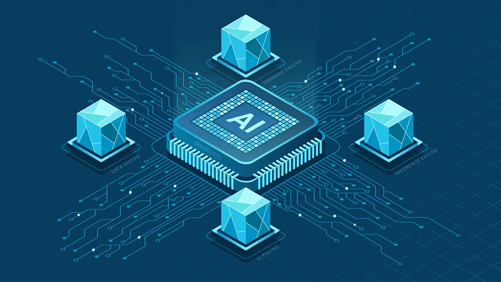Data Engine
When high-quality, structured data for AI matters most
CloudFactory’s Data Engine helps organizations unlock the full potential of their AI by delivering the highest quality data through expert collection, curation, and annotation—fueling smarter, faster model performance.
Data collection
Data curation
Data annotation
“It's critical for AI to be trained on data that truly reflects real-world conditions”*
70%
of AI projects fail to meet their goals due to issues with data quality and integration
(McKinsey & Company, 2023)
60%
or more of firms are trying to find data. It’s a huge productivity loss.
(IDC, 2024)
- Poor Data Quality – Incomplete, noisy, or biased data leads to unreliable, error-prone models.
- Fragmented Datasets – Disconnected systems make it hard to build clean, unified training data.
- Lack of Data Diversity – Homogeneous data limits real-world model performance and generalization.
- Manual Data Prep – Teams waste time cleaning and labeling instead of developing models.
- Untapped Unstructured Data – Text, images, and audio go unused due to lack of tools or expertise.
*Gartner, 2024
What we’re hearing from
clients
"I need high-quality, AI-ready data to train LLMs, CV, or behavioral models with minimal preprocessing and maximum performance."
"I need to clean and structure disorganized data lakes to create refined datasets for labeling, testing, or fine-tuning."
"I need to increase dataset diversity and reduce bias to improve model generalization, fairness, and trust."
"I need accurate, scalable annotation to label complex, multimodal datasets efficiently and reliably."
"I need to accelerate data prep workflows to get models into production faster and reduce manual overhead."
An enterprise-ready AI platform service
Designed to power AI with high-quality, human-labeled data—curated, structured, and optimized for precision, diversity, and real-world reliability.
- Fuel smarter, faster model performance.
- Refine structured and unstructured data using clustering, active learning, etc.
- Label data accurately to power intelligent models.
- Support for a variety of model types (LLM, VLM, CV, and NLP).
- Transform raw inputs to trustworthy data, at scale.
Outcome:
Accurate labels that boost model performance.

Ready to get started?
In high-stakes environments, AI can’t just be good—it must be right.
Let’s build AI you can trust.
.png?width=1563&height=1563&name=Untitled%20design%20(38).png)




.png?width=1563&height=1563&name=Untitled%20design%20(30).png)



.png?width=1563&height=1563&name=Untitled%20design%20(33).png)


.png?width=1563&height=1563&name=Untitled%20design%20(34).png)






